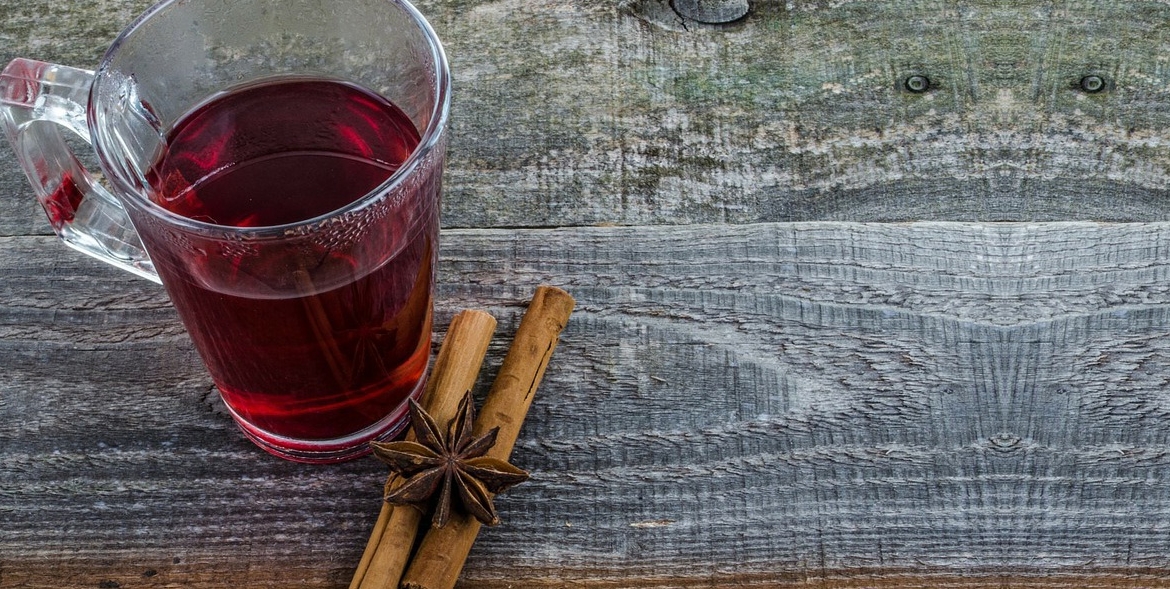
“Tea is nought but this: First you heat the water, then you make the tea. Then you drink it properly. That is all you need to know.”
– Sen Riyku
Seems simple right? Yet tea brewing has been the subject of much focus and debate, with tea cultural centres like Japan and China having elaborate rituals that are associated with serving tea. Even Britain, which is known to be culturally reserved, has an obsession with this drink. So much so that George Orwell, the famous author, found it necessary to write an essay on the 11 cardinal rules of brewing tea, which includes his distaste for sugaring the drink.
Without a doubt, there are different ways of brewing tea, depending on the type and profile of tea. However, they can be largely classified as Asian, British and Indian styles, which are defined by the tea that is usually preferred. Both the Indian and British method of brewing usually uses black tea, while the Asian style tends to focus on green tea.
The British style uses a large teapot. The tea leaves are steeped for a longer time, usually not more than twice. As the tea is steeped for a longer time, a smaller amount of tea is used and the leaves are filtered and discarded after steeping. Tea made using this style is usually drunk in larger cups, and sugar or milk is sometimes added to lighten the bitterness. Brewing tea liquor is not controversial in this school of thought. However, the adding of milk is a subject of much debate. Traditionalists, like Orwell, are clear that milk should be added to the hot tea, thereby allowing one to regulate the amount of milk. About 70 years later, The Royal Society of Chemistry begs to differ and states “If milk is poured into hot tea, individual drops separate from the bulk of the milk, and come into contact with the high temperatures of the tea for enough time for significant denaturation – degradation – to occur. This is much less likely to happen if hot water is added to the milk.” While this seems to settle the debate, it may take a while to catch on!
Tea brewed Indian style, also known as Chai, is traditionally a concoction of spices infused through the tea liquor. While recipes of the spice mix vary across cultures and family, the method of brewing is largely similar. The tea leaves are first boiled in water with the spices. As this brew boils, milk is added and the spiced tea is boiled again. Sugar is almost always added when the milk is boiling but it can be added separately.

Asian brewing is distinct. Tea is prepared as an infusion of whole leaves multiple times in short bursts. Traditionalists prefer brewing it in a small clay teapot (“Zisha Hu”). Depending on the tea, a quarter to a third of the teapot is filled with leaves. After brewing, the tea is usually drunk pure, in small cups. It is believed that the due to the larger amount of tea used and short intervals of steeping, this method provides for a richer taste. In fact, each additional infusion can reveal distinct flavours, especially if the tea is of a suitably high quality. This style of brewing is also about encouraging relaxation and allowing enough quality time to spend with family and friends.
In all brewing methods, there are always a few important factors to be attentive to:
-
- The type of tea:
Different teas require different water temperatures to produce optimum flavour. Oxidised teas like black tea, need hotter water to release a full-bodied flavour. Green and white teas have more delicate flavours. If you’re looking for a strong brew, use smaller tea leaves as it creates a stronger tea liquor by infusing more flavour. - The type of water:
Don’t forget that tea is fundamentally flavoured water, even if milk is added. It is important to use good and fresh water, for a good flavour profile. Some teahouses recommend using water that is more alkaline. - The temperature of the water:
Generally, tea requires a brewing temperature of anywhere from 70°C to 100°C, depending on its type. White and green teas need to be brewed with much cooler water than Oolong, Black and Puerh teas, which can stand higher temperatures. - Steeping method:
One of the essential requirements of brewing tea is giving the leaves enough room to unfurl and expose surface area. By doing so, the essential oils have time to transfer from the leaves into the water and their flavour is properly extracted. Hence, the tea should flow freely through the water so no tea bags, infusion baskets or tea balls! Ideally, water should be poured directly over the tea and can be strained before drinking. Secondly, how long you steep controls the flavour of your brew – if it’s too little, the tea is weak and watery; if it is over-steeped, it is bitter and astringent. Steeping time also affects the quantity of caffeine in your brew. For more alertness, steep for a shorter amount of time. For less caffeine, you can do a brief steep, pour out the brew, and then re-steep to cut as much as 80% of the caffeine.
- The type of tea:
- If you’re not sure, use this handy timer to know how long to steep your brew!
3 Reasons to Cold Brew
-
BALANCED FLAVORS:
Brewing makes all the difference to a cup of tea. Leave the tea bag in too long and it’s bound to get bitter. Take it out too soon and it will taste weak. With cold brewing, you don’t have to worry about timing. Cold water extracts flavours more slowly and naturally so the result is less bitter and cleaner than hot tea. -
NO ICE:
Ice is generally used to cool the tea, but it can also water down its unique flavour profile. When you cold brew, there’s no need to add ice since the tea is chilled in the refrigerator. -
HEALTH BENEFITS:
Cold brewed tea retains more antioxidants than hot brewed teas. Studies also show that cold brewed teas contain about half (or two thirds) the amount of caffeine.
Hot-to-Cold Method
FOR LOOSE OR TEA BAGS:
- Pour 8 oz. of just boiled water over 2 Tbsp. loose leaf tea (or 2 tea bags).
- Steep for 2-4 minutes.
- Strain and pour over ice. Or strain, let cool and refrigerate to chill.

